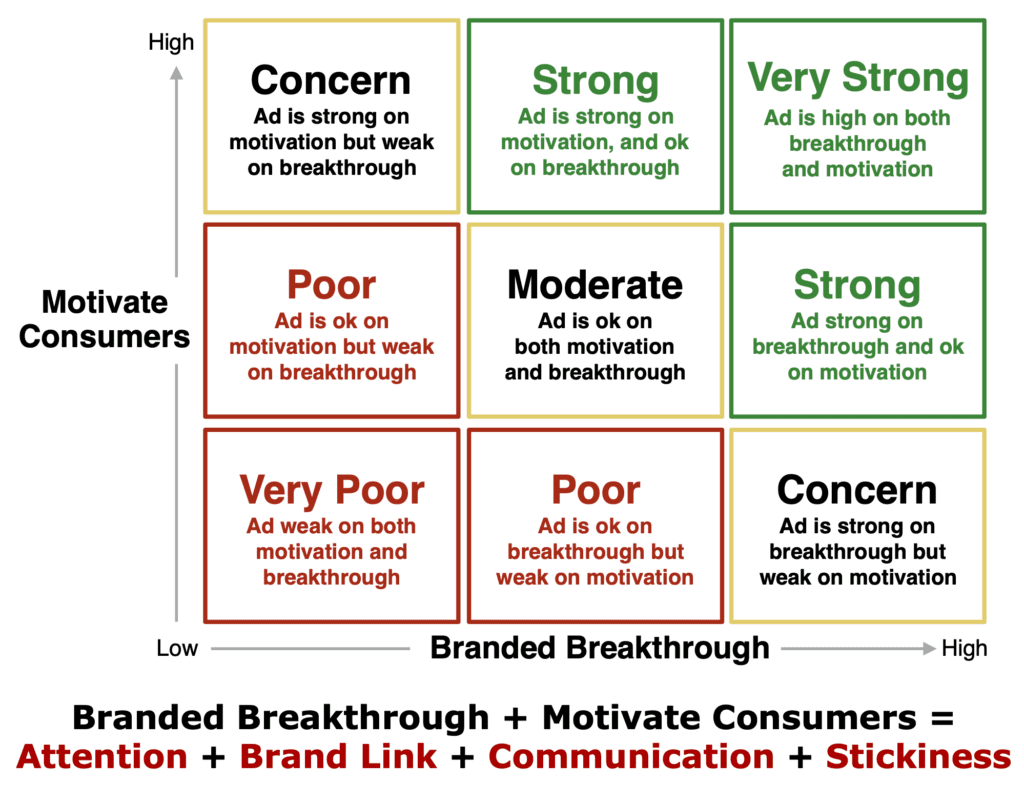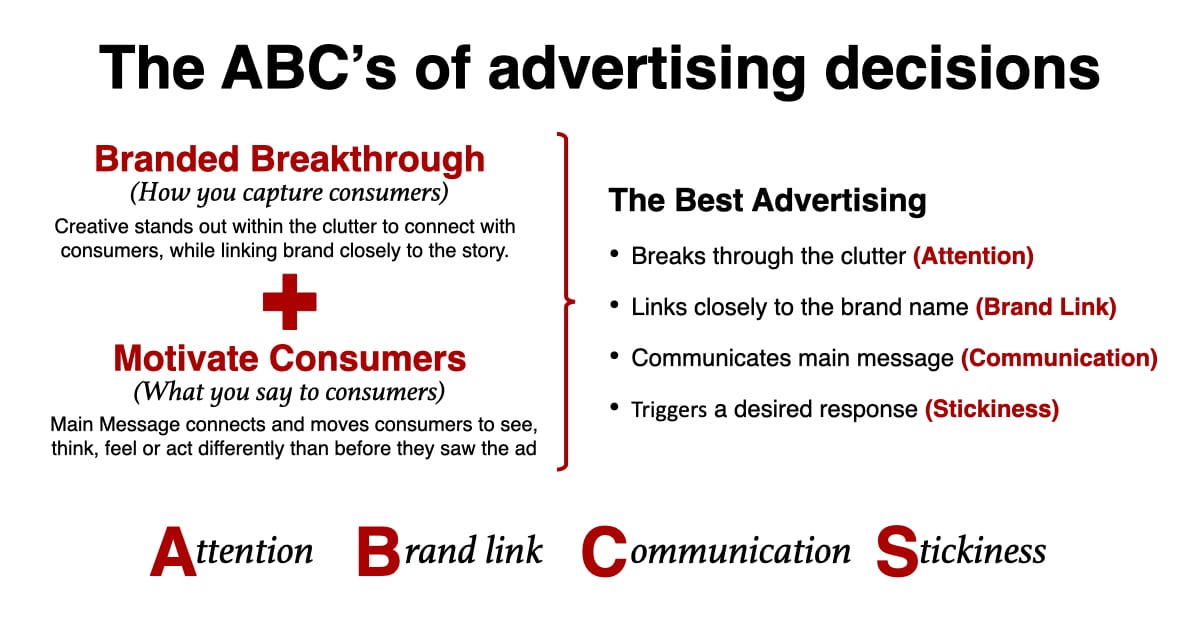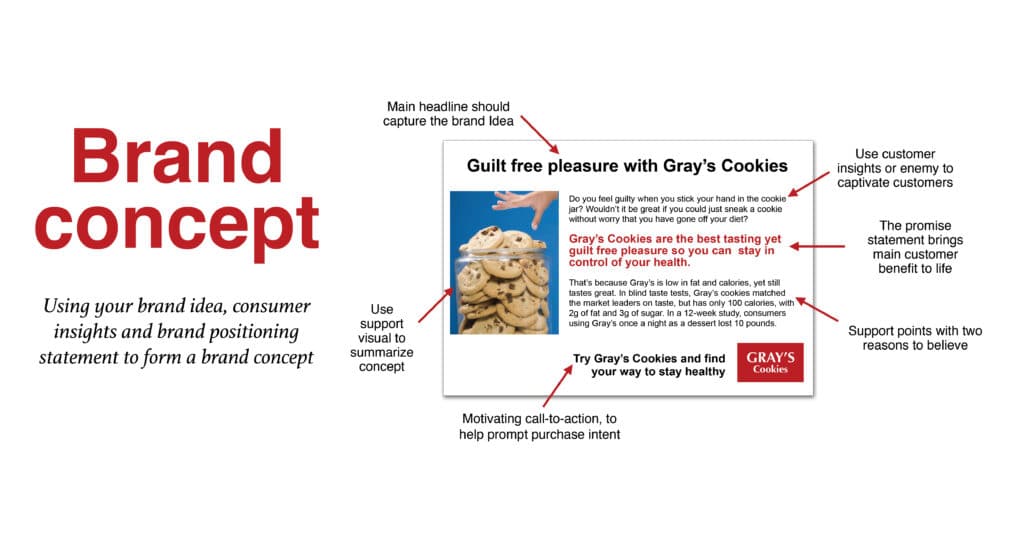Can you do something as great and as big as BMW Films from 2001? If you love content marketing, BMW Films will inspire you. As marketers are abuzz with content marketing, challenge yourselves to do great content you love, not just ok content work you like. While being part of the community and targeting unique users is the right strategy, creating bad content might do more damage than good. It looks cheap.
When you forget to entertain, when you don’t put in the quality in execution, or where your brand is too obviously jammed into a piece of content that has nothing to do with your brand. If you don’t astonish and delight the consumer, you fall flat. So, don’t just do content. Do content that you and your consumer will love.
BMW Films
Integrated content at it's best
In 2001, BMW launched BMW Films, light years ahead of the industry. Everyone was still worried about producing 30s and 15s and newspaper ads. Most brand leaders were still thinking whether they could afford to put 1% of their budgets into the internet.
From a brand point of view to that point, BMW had always used traditional media like TV and print to sell their cars. But, they saw that media were changing. They visualized new ways to use the internet.
Roughly 85% of BMW purchasers used the Internet before purchasing a BMW.
BMW knew that the average work-hard, play-hard customer was 45 years old, with a median income of about $150,000. Two-thirds were male, married, and had no children.
Competitively, BMW had a lot of love but it was still battling traditional rival Mercedes who had the most love of all Luxury Car Brands. Brands like Lexus and Infiniti were gaining some emotional support from consumers and gaining share. BMW needed something to show consumers what makes a BMW truly a BMW. They needed to put their stake in the ground to push to be the most beloved luxury car brand. And, they needed something that the consumer would love and in turn love the BMW brand.
Make the BMW car the hero
The idea of BMW Films was to cast the BMW car as a hero into the starring role of a movie. BMW assembled a cast of A-list directors (Guy Richie, Tony Scott, Ang Lee) and A-list actors (Clive Owen Forest Whittiker, Madonna, Mickey Rourke). They developed scripts within the basic framework of having a central character that helped people through difficult circumstances using deft driving skills—in a BMW. The car became the star.
Each director who chose a script was given complete creative control over content. That’s something they would be hard-pressed to find in Hollywood. And something that BMW ordinarily wouldn’t allow if filming a traditional advertisement.
BMW used traditional media with mock movie trailers on TV and on-line advertising to surround their consumer and drive traffic to the website. The end results were staggering: the series had been viewed over 100 million times in four years and had changed the way products were advertised. Essentially, BMW has had a great decade of sales, recently surpassing both Lexus and Mercedes as the #1 luxury brand.
BMW Films took risks
BMW Films was out there. It took risks, and was an incredible production. To me, BMW films is still the benchmark for Content Marketing. It’s like Bob Beamon surpassing the long jump record by 2 1/2 feet when everyone else was measuring in inches. Or when Babe Ruth hitting 60 home runs when the next guy had 17.
The love for a brand normally comes when we love the work we do on that brand. The love permeates through our work and onto the consumer. However, if we don’t love the work, how do we expect our consumers to magically love the output of our work and then love our brand? Not likely. My challenge to you: push yourself to love it, don’t just kinda like it. Don’t settle.
Since BMW Films, I have seen some great viral work like T-Mobile, incredible integrations which make me stare and say “wow, I wish I did that”. However, in the past 20 years of content marketing, I’m yet to say “Now that’s better than BMW Films”.
Advertising results
How to predict advertising success
Let’s take this creative thinking to a predictive advertising model, changing the creatively different to branded breakthrough, and the smart strategy becomes motivating consumers.
The branded breakthrough is “how you say it.” It uses creativity to capture the consumer’s attention within the clutter of the market while linking your brand closer to the story. And, the motivating message is “what you say.” You have to communicate the main message to connect with consumers memorably, so the ad sticks enough to move consumers to see, think, feel, or act differently than before they saw the ad.
To illustrate, click on the diagram to zoom in.
When judging advertising, the most important thing I look for is to ensure the creative idea within the ad that drives the attention, tells the brand story, communicates the main benefit and sticks in the consumer’s mind. Importantly, when you see a story, device, copy, or a visual that does not fit with the delivery, then you have a red flag. You run the risk that the creativity of the ad works against your objectives.
The ABC's of Advertising: Attention, brand link, communication stickiness
Here are four questions to ask:
- First, is it the creative idea that earns the consumer’s attention for the ad?
- Then, is the creative idea helping to drive maximum brand link?
- Next, is the creative idea setting up the communication of the main consumer benefit?
- And, is the creative idea memorable enough to stick in the consumer’s mind and move them to purchase?
To illustrate, click on the ABC’s of advertising to see details.
Challenge yourself to get better at advertising
- If you realized that how you show up as a client is the most significant factor in getting better advertising, would you show up differently? If so, then show up right.
- Be one of your agency’s favorite clients. Essentially, never treat anyone like they have to work on your business. Without a doubt, inspire everyone to want to work on your brand.
- Undoubtedly, stay focused on one target, one strategy, one consumer benefit and one brand idea. For this reason, avoid the just in case list or adding one more thing.
- When writing a brief or providing feedback, resist controlling the creative outcome. Absolutely, give them your problems. And, never give them your solutions.
- Importantly, be willing to fight anyone in the way of great work, even with your boss. You will start to see everyone on the team fight for you.
- LOVE your advertising, and never settle for OK. Never approve OK advertising that feels safe. What signal do you think it sends everyone involved? Unquestionably, Ok is contagious.
Build your marketing skills by learning how to write a Brand Concept
To illustrate, zoom in to see the details.
One of the most important skills marketers need to know is the fundamentals of writing a brand concept. Read our step-by-step process for how to create a brand concept that brings your brand to life. Learn how to lay out the brand concept with the brand idea, consumer insights, main message, support points and call-to-action.













